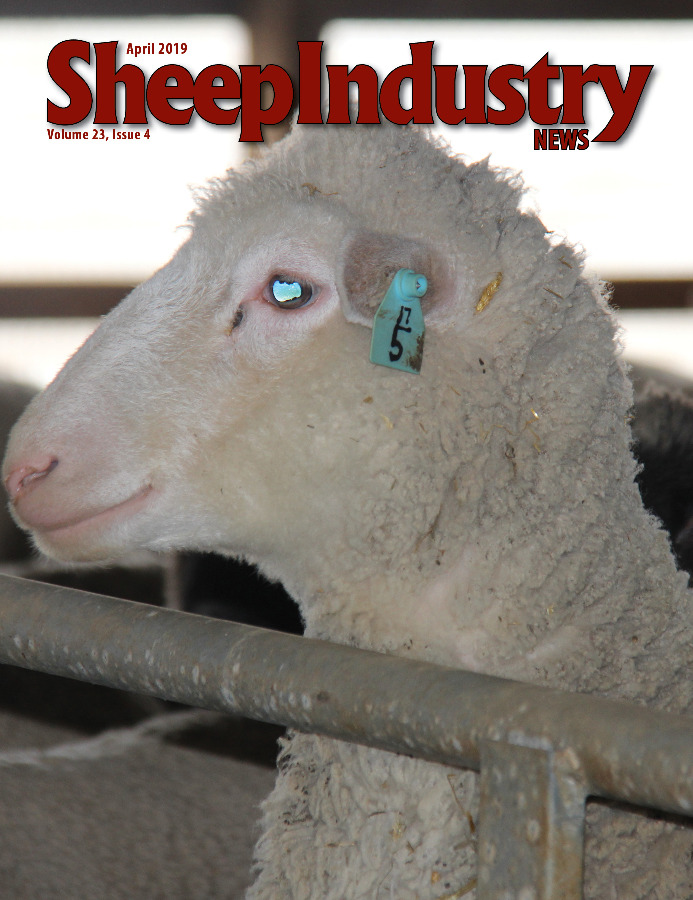DR. CINDY WOLF
University of Minnesota
Last year, American sheep producers were faced with many important vaccines being unavailable during peak vaccination season due to supply disruptions.
As a small industry, there are only a few companies manufacturing vaccines for sheep, with some of these products being manufactured by only one company. These challenges are expected to continue in 2019, and many sheep producers are asking about alternative products.
Many producers who use tetanus antitoxin in their flock health program are experiencing a lack of supply of this product. At one time, there were three companies manufacturing this product, but today there is only one. In addition, there are several limiting factors regarding the production of this product and proposed U.S. Department of Agriculture regulations regarding testing protocols could further impact the product availability, if implemented.
There are some alternative protocols available to producers. For example, if you are preparing to lamb, one recommended approach is to vaccinate your pregnant ewe flock four to six weeks prior to lambing with a clostridial vaccine that includes protection against tetanus. Then any lamb that suckles a normal amount of colostrum will be passively protected against tetanus infection for the first two months of its life.
Lambs should receive their first clostridial vaccine around 8 to 10 weeks of age with a booster vaccination given four weeks later. Producers should be aware that certain factors increase the risk of tetanus infection in lambs, including historical evidence of infection at that location (i.e. tetanus spores are in the soil at that site) and the use of elastrator bands for tail docking or castration.
Even without the presence of key risk factors for tetanus, all sheep should be vaccinated every year against clostridial infections. At a minimum, this includes vaccinations against Clostridium perfringens type C and D, colloquially known as C and D toxoid.
Sheep carry these bacteria in their intestinal tract and under specific conditions, such as abundant milk supply, lush pasture or high grain diets, these bacteria multiply rapidly and produce a toxin which kills affected sheep – including lambs – within hours. For this reason, lambs should receive two doses of vaccine as described above and all ewes and rams should be given an annual booster. This vaccine is inexpensive and rarely produces ill side effects. When vaccinating sheep, they should be dry and clean. These vaccines should be given under the skin (subcutaneously) in the neck just ahead of the shoulder.
It is recommended that producers contact their veterinarian for health-related questions and to discuss alternatives in the event a vaccine is unavailable. A list of veterinarians interested in sheep is online at AASRP.org.


